If you've ever had a cold sore pop up at the absolute worst moment—think a big date, family photo, or right before a job interview—you know the hunt for fast, real relief is no joke. For me, and plenty in my circle here in Perth, Zovirax is almost a household word. It's become the go-to tube stashed in bathroom drawers and glove boxes, warding off that dreaded tingle before it turns into a full-blown blister. Some friends even swear they can sense a cold sore coming in their sleep—a superpower I'd pay for if it meant staying ahead of those stubborn herpes simplex outbreaks. But what's really behind the name Zovirax, why does it work, and how can you actually get the best out of it?
What Is Zovirax and How Does It Work?
Zovirax is actually the brand name for acyclovir, which is an antiviral drug first approved all the way back in 1981. That's a bit wild when you think about how modern science keeps moving but some medicines, like this one, stick around because they genuinely do what they're meant to do. Zovirax targets viruses from the herpes family—mainly herpes simplex type 1 (the one causing cold sores) and type 2 (responsible for genital herpes). It’s also used for treating chickenpox and shingles, courtesy of the varicella-zoster virus, all from the same virus clan.
The science isn’t as secretive as it sounds—the way acyclovir works is pretty clever. It interferes with the virus's ability to multiply by sneaking into the DNA replication process. Viruses can't fix their own DNA once acyclovir (the main bit in Zovirax) gets in their way, so they stall out. For you, this means outbreaks either don’t develop at all or don’t last nearly as long. But don’t let the word “cure” float into your head: Zovirax can’t wipe out herpes once you’re infected, but it’s the expert at keeping the virus on a tight leash.
Most people know Zovirax in its cream form—a tiny 2g or 5g tube is enough to last ages if you don’t get cold sores often. Doctors might prescribe tablet or injection versions when things get tough or if you’re dealing with, say, widespread chickenpox. But if you’re like most of us, it’s all about that discreet tube in your bag. Fun fact: it was one of the earliest antiviral drugs that specifically targeted DNA viruses without hammering your healthy cells as much as older meds did. Some researchers say it helped kick off the golden age of targeted antiviral therapy.
How to Use Zovirax Cream (And Make the Most of It)
Timing is the game changer. The moment you feel that all-too-familiar tingle or itching—a surefire red flag for a cold sore about to break out—Zovirax should be your weapon of choice. Forget waiting for a blister to form; by then, the virus already has a head start. Here’s the tip I always share: keep a small tube handy just in case, especially if you’re stressed or sunbaked, since those are famous triggers for outbreaks. I know a few mates who keep a tube in their surf gear bag for exactly that reason.
Just dab a small amount of the cream with your fingertip or a cotton bud—no point in slathering it on thick. Rub it in gently, and wash your hands straight afterwards (those viruses are sneaky, and you don't want to risk spreading them). The usual advice: apply the cream five times a day, roughly every four hours while you’re awake, for four to five days. If you miss an application, don’t stress, just put it on as soon as you remember. And don’t double up, or you’ll just end up wasting the product.
- Always start as soon as you sense the cold sore, not once it’s a full scab.
- Avoid kissing or sharing eating utensils, towels, or lip balms while you’re using Zovirax—you definitely don’t want to spread the virus to someone else (or to other parts of your face).
- Don’t apply to the inside of your mouth or nose; Zovirax is for external use only.
- Be careful if you’re wearing contact lenses, and keep the cream far from your eyes. If you slip up, rinse well with clean water.
What I’ve heard from doctors here in Perth is that even if a cold sore slips through and blisters up, using Zovirax can shave a good couple of days off healing time and reduce how sore or crusty things get. Compared to doing nothing, that feels like a win. Want a bonus tip from our pharmacist mate? If you get regular outbreaks, talk to your doctor about an oral prescription—tablets can sometimes keep the virus chilled out entirely for people with frequent attacks.

Risks, Side Effects, and What to Watch Out For
You’re probably wondering: what’s the catch? Does Zovirax come with side effects worth worrying about? The good news: most people barely notice anything except faster healing. You might get a mild tingle or slight stinging right when you apply the cream, but that usually calms down quick. Rarely, some folks develop local irritation or redness—think a rash, itching, or a bit of dryness. If you ever see the skin getting extra swollen, blistering more, or breaking out in hives, best to stop and ring your doctor. The cream is usually safe for adults and kids over 12, but double-check for younger kids or anyone with a knack for allergies.
Swallowing Zovirax cream by accident isn’t a drama—it tastes foul, trust me—but if a little kid accidentally munches a lot, call Poisons Information or pop down to your local clinic to be safe. Like any cream, don’t use it on infected wounds or inside your mouth or eyes. And now and then, people find that their skin gets extra dry or chapped with too much use, so don’t layer it on all day—stick to the recommended five times a day.
For people using the tablet version: rare side effects include headache, nausea, or tiredness. Serious reactions are really unusual but would involve things like confusion or kidney issues (very rare, and your doctor would pick up any big risks ahead of time). If you’re pregnant or breastfeeding, the official advice is to check with your doctor, but most studies show topical use is safe—so a dab on a sore is unlikely to cause issues. Just be mindful and talk to a professional if you’re worried.
It’s worth mentioning drug resistance. It’s mostly folks with severely weakened immune systems—like people undergoing chemo or organ transplants—who need to worry about the virus outsmarting acyclovir. For the general crowd, Zovirax is still working exactly as intended after all these years.
Everyday Life With Herpes: Tips for Living and Prevention
Having herpes, especially when it flares up as a cold sore, feels awkward for almost everyone. Trust me, no one’s proud of it, but it’s far more common than people admit. Data from Australian studies shows about 75% of adults have herpes simplex virus type 1 hiding out somewhere—sometimes without ever having a sore. It’s not just from kissing—sharing drinks, cups, or the classic “you try this” bite of sandwich can do it too.
If you’re prone to cold sores, there are a few habits that can make a difference. Sun and wind exposure are both big triggers in Australia. I learned the hard way that a long day at Cottesloe Beach without SPF lip balm guarantees a nasty flare-up. I remind Tabitha every summer, and she still rolls her eyes but brings the lip balm anyway. Stress, fever, lack of sleep, and even hormonal swings can also set off outbreaks. So managing stress, getting enough rest, and keeping your lips shielded with a strong lip balm (with proper SPF protection) are simple wins.
If you’re worried about spreading cold sores to your partner, kids, or friends, keep things to yourself when you have an active sore. No kissing, no sharing forks or towels—just makes sense. Always wash your hands after touching a cold sore or applying your zovirax cream. Hand-washing can make a big difference, especially around babies or people with weaker immune systems.
- If you have frequent or severe outbreaks, keep some Zovirax at work or in your gym bag.
- Be honest with anyone you’re intimate with—trust goes a lot further than hiding things, and most people appreciate transparency about something so common.
- Look out for your triggers. Keep a note on your phone of what you were doing before an outbreak so you can spot patterns.
- If your cold sores always seem to erupt in the same spot, try not to pick or fuss with the area between outbreaks—that helps your skin heal and might help space out future flare-ups.
There are a lot of myths about herpes and cold sores. Some people think having one cold sore means you’ll break out every month, but plenty of folks only get one or two in a whole lifetime. If you start to get more frequent lows, have a chat with your GP—they might suggest switching from cream to tablets or finding hidden triggers you haven’t considered, from diet to immune health.
And don’t fall for fancy “miracle cures” you see on social media—Zovirax has been tested, retested, and compared with literally hundreds of so-called alternatives. When it comes to speed, safety, and reliability for cold sores, it still outperforms herbal balms or DIY blends. If it’s stocked in almost every pharmacy from Perth to Broome, and used by millions of Aussies, there’s probably a good reason it remains the best shot at tackling herpes outbreaks head-on.


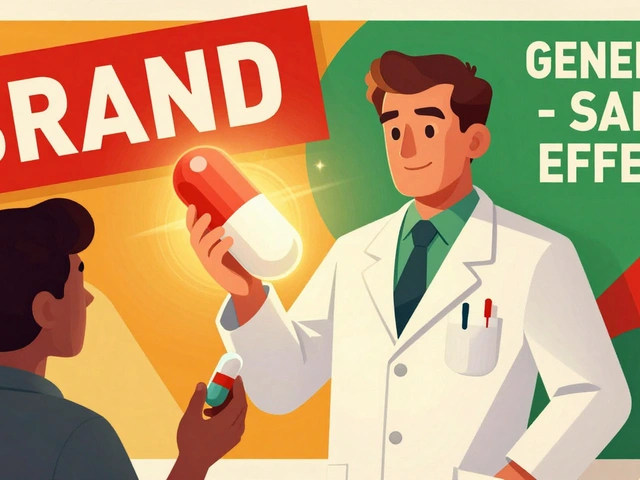
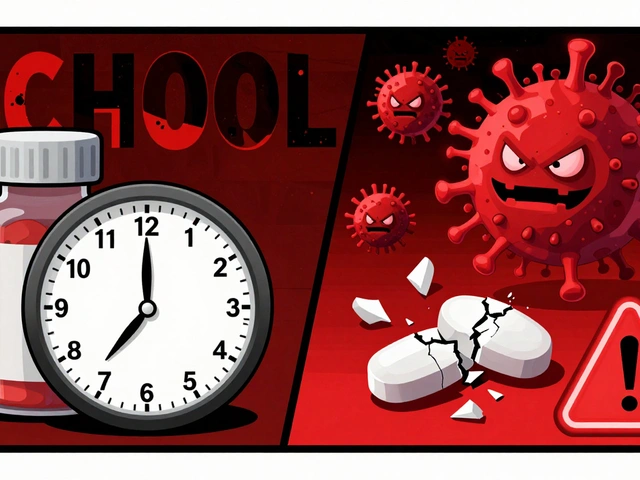
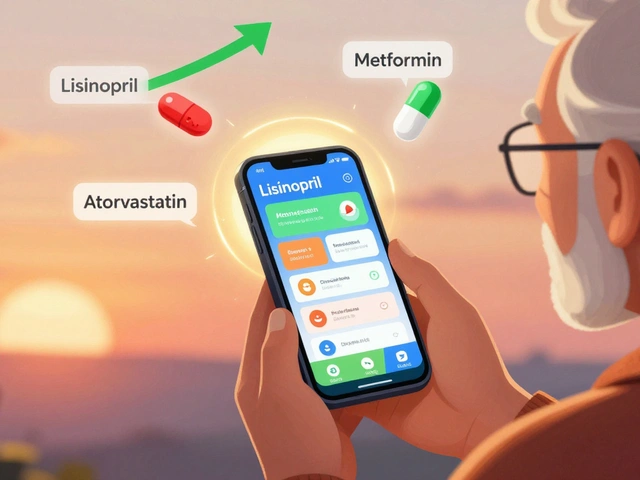
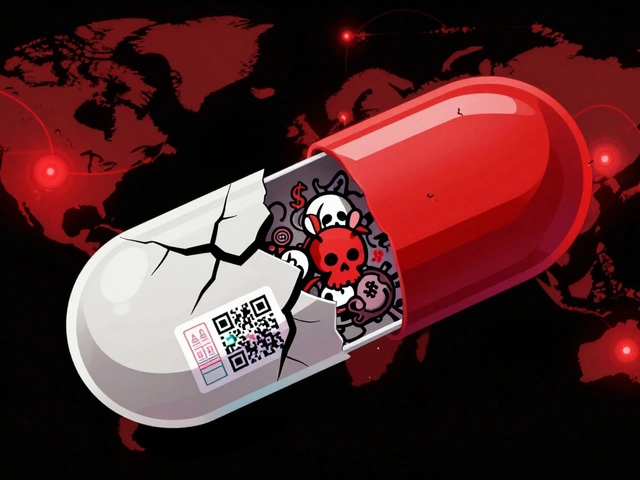
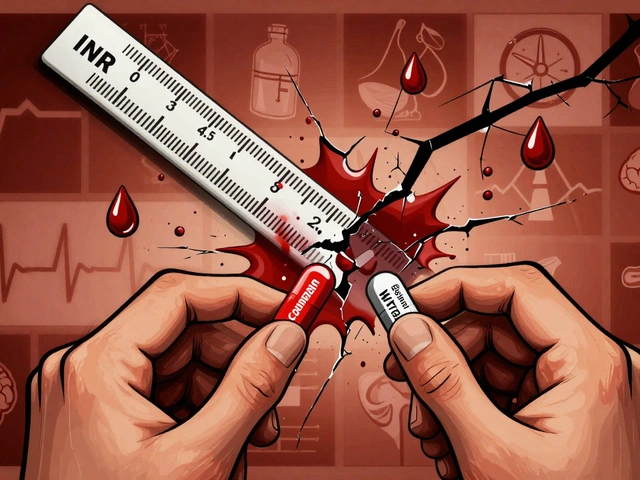
Kelley Akers
May 30, 2025 AT 23:44Look, I appreciate the effort, but let’s be real-Zovirax is just the pharmaceutical industry’s way of monetizing shame. People get cold sores, they panic, and suddenly they’re buying $30 tubes of acyclovir like it’s holy water. Meanwhile, lysine supplements, aloe vera, and cold tea bags have been doing the job for centuries without a prescription. The fact that this is still the gold standard says more about our medical-industrial complex than it does about efficacy.
Also, why is everyone so obsessed with ‘timing’? If you’re that anxious about a tingle, maybe the real issue is your relationship with your own body, not the virus. Just breathe. It’s a cold sore. Not a life sentence.
And yes, I know the ‘75% of adults have HSV-1’ stat. That’s not a reason to normalize pharmaceutical dependency. It’s a reason to normalize acceptance.
Also, SPF lip balm? Groundbreaking. I’m sure your dermatologist gave you a pat on the back for that one.
Chris Jagusch
June 1, 2025 AT 01:01Disgusting! America think they own every medicine in the world now? Zovirax? We in Nigeria use garlic, neem leaf paste, and salt water since our grandfathers time! Why you pay money for chemical when nature give you free cure? This post sound like advert for Big Pharma! You all so weak, you can't even let your body fight virus? My cousin got cold sore, he put onion on it-gone in 2 days! You people need to stop being soft! #NaijaPower #StopWesternMedicine
Also, why you write so long? Too many word. Just say: Zovirax = scam.
Katie Wilson
June 1, 2025 AT 09:03I had a cold sore the week before my wedding. I used Zovirax like a weapon. Five times a day. No exceptions. No kissing. No photos. No mercy. The tingle came at 3 AM. I was up at 3:02 applying cream. By day three? Barely a blush. My husband still doesn’t know how close we came to a viral selfie disaster. This isn’t just medicine-it’s emotional survival. If you’ve ever cried over a lip blister before a job interview, you get it. I’m not here to debate science. I’m here to say: this tube saved my dignity.
Also, I keep it in my purse next to my lip gloss and emergency chocolate. Priorities.
Andrew Butler
June 2, 2025 AT 19:27Acyclovir is a nucleoside analog that competitively inhibits viral DNA polymerase by selective phosphorylation via thymidine kinase-only infected cells convert it to the active triphosphate form, minimizing host cytotoxicity. The pharmacokinetics of topical application yield low systemic absorption (<5%), which is why it’s effective for localized HSV-1 lesions without systemic side effects. That said, the efficacy ceiling is ~20% reduction in lesion duration compared to placebo in immunocompetent hosts. The real value proposition isn’t clinical-it’s psychological. The placebo effect of having a ‘treatment’ reduces anxiety-driven viral reactivation. Also, SPF lip balm? That’s not a tip, that’s basic dermatology. You’re welcome.
And yes, lysine is pseudoscience. Don’t @ me.
Varun Gupta
June 3, 2025 AT 11:35zovirax is a government mind control drug lmao
they put it in the water so you think you need it to survive
the real cure is a 3 day water fast + moonlight meditation
also why is everyone talking about herpes like it's a bad thing? it's just a spiritual vibration that got outta sync
also my cousin in Bangalore says the virus is actually a 5G signal that gets trapped in your lip tissue
also i used a banana peel and it vanished in 2 hrs
📷
Amy Reynal
June 4, 2025 AT 04:01Let’s pause for a second and acknowledge how beautifully this post balances science with lived experience. No one talks about the emotional labor of managing a chronic, stigmatized virus like HSV-1-it’s not just about the blister, it’s about the shame, the secrecy, the fear of being judged for something so common it’s statistically normal. And yet, here we are, treating it like a moral failing.
Also, the SPF lip balm tip? Vital. I didn’t realize until I moved from Chicago to Arizona that UV exposure was my #1 trigger. Now I wear it like sunscreen. Even on cloudy days. Even indoors near windows. My dermatologist said I was being ‘overzealous.’ I said, ‘I’ve had 14 cold sores in 5 years. I’ll be overzealous.’
And to the guy who said ‘garlic works’-yes, sometimes. But garlic doesn’t stop the virus from spreading to your partner’s face when you’re making out after a long day. Zovirax does. And that’s not weakness. That’s responsibility.
Also, if you’re using ‘herbal balms’ from Instagram influencers who sell ‘antiviral crystal salves’ for $89, please stop. You’re not healing. You’re funding a scam. Zovirax has been peer-reviewed since 1981. Your ‘miracle oil’ has a 4.2-star rating and 37 reviews from people who also buy moon water.
And yes, I’ve kept a tube in my gym bag since 2017. I’ve used it 8 times. It’s worth it.
Finally-this isn’t about pharmaceuticals. It’s about dignity. And sometimes, dignity comes in a 2g tube.
Erick Horn
June 6, 2025 AT 02:41Zovirax doesn’t cure. It delays. So does putting ice on it. So does crying. So does ignoring it. You’re paying for the illusion of control.
Also, 75% of adults have it. So why are you acting like you’re the first person to ever get a cold sore? Chill.